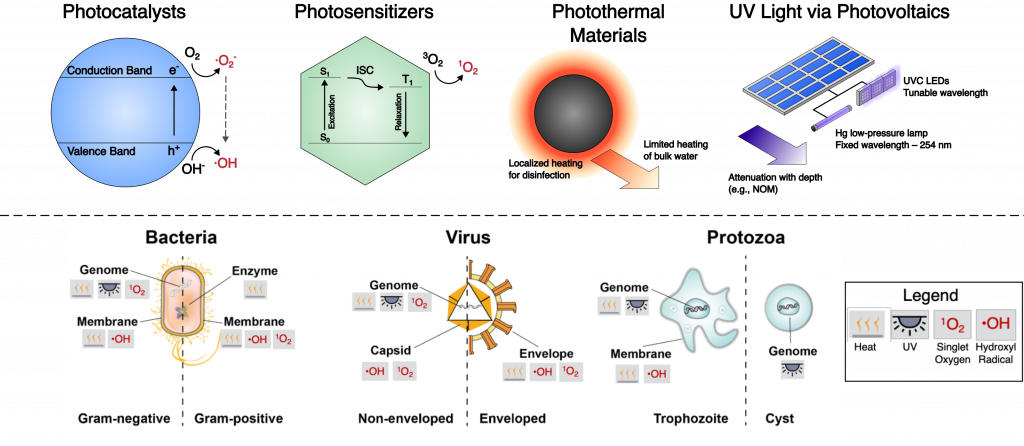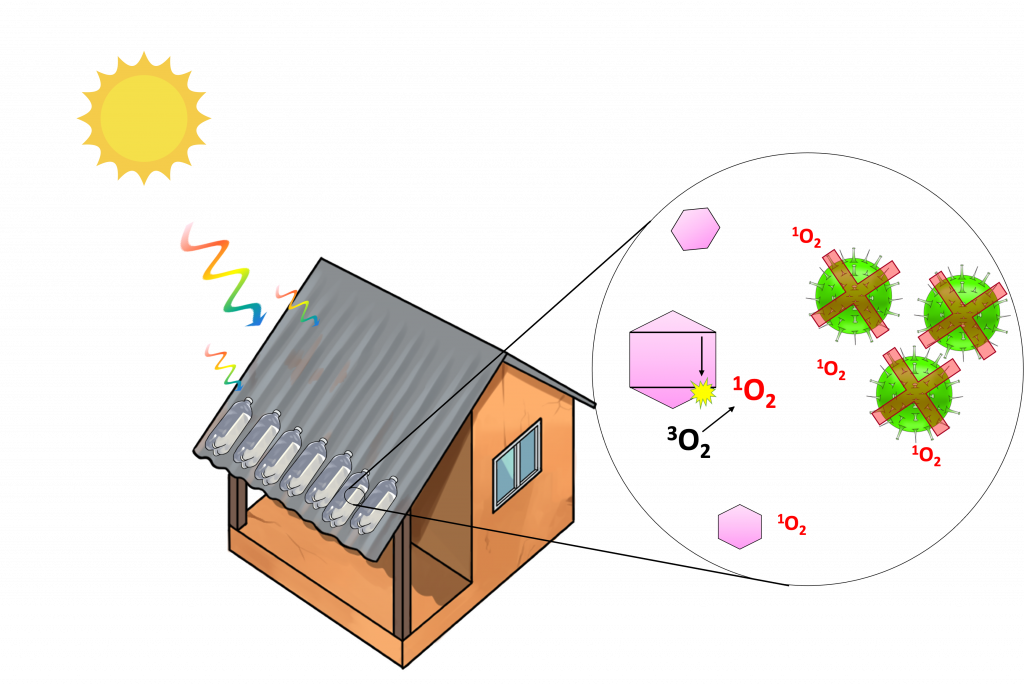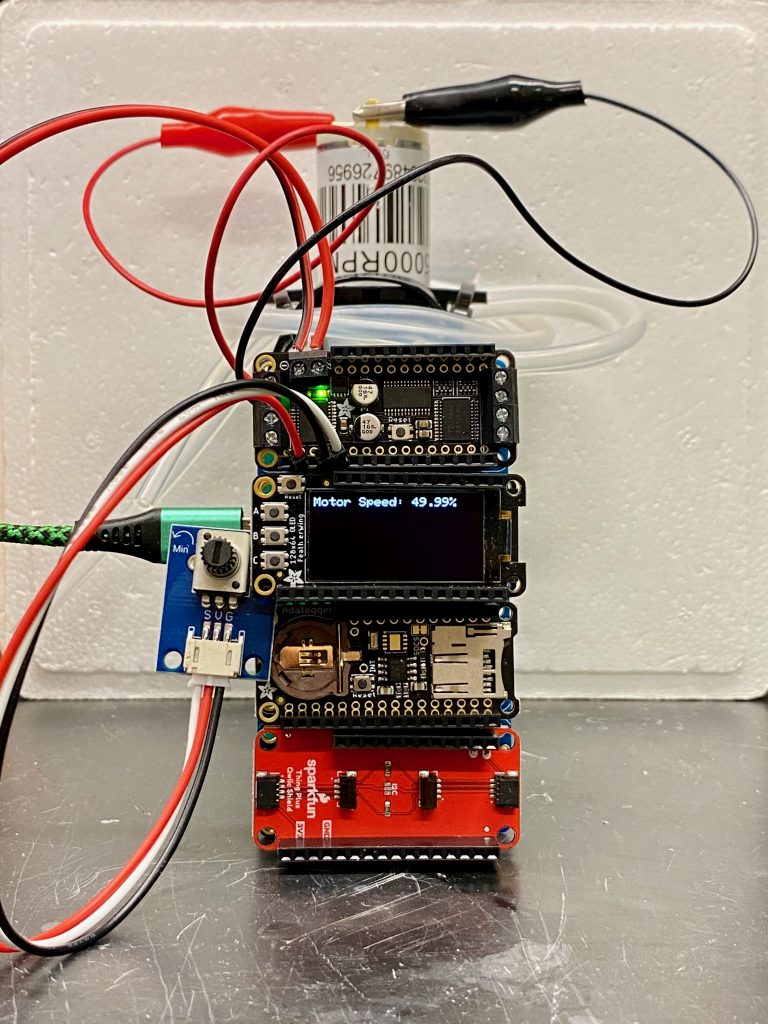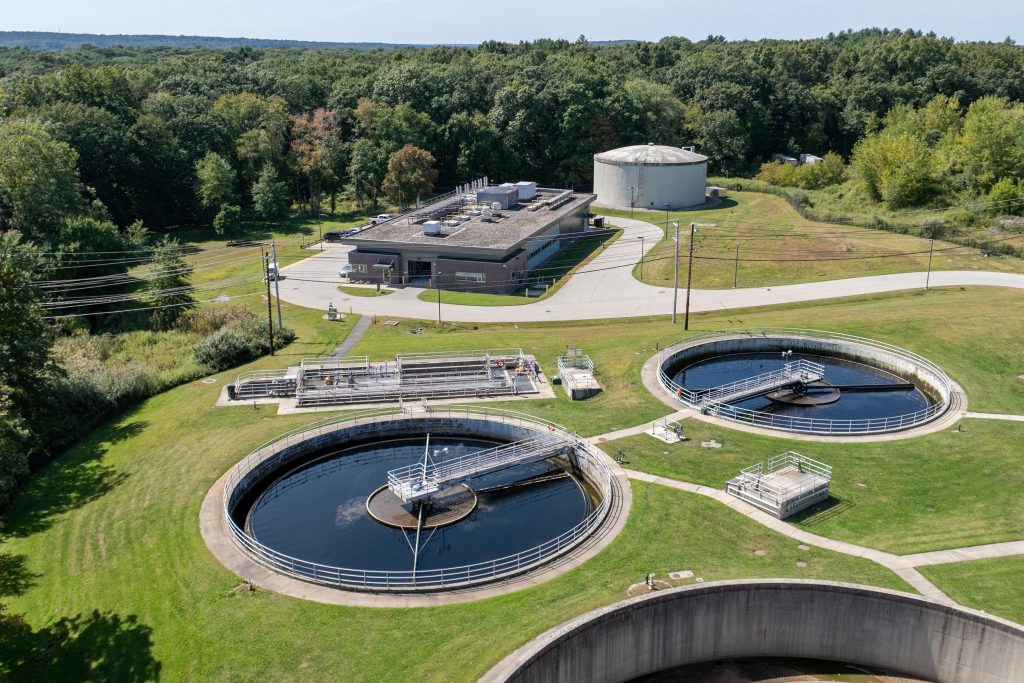
Research
Healthy environments – whether natural ecosystems or human-engineered systems – are essential for the wellbeing of society. Yet, around the world, many communities remain vulnerable to pathogens and pollutants due to environmental degradation and insufficient protective infrastructure. In the Ryberg Lab, we are committed to advancing the health of people and the environment by leveraging our interdisciplinary expertise in environmental science, chemistry, and engineering. Our research spans pathogen disinfection, degradation of chemical contaminants, toxicological assessments, and the development of advanced environmental sensing technologies – with a strong emphasis on water quality and sunlight-enabled processes.
Below are a few ongoing projects in the Ryberg Lab:
Advancing Understanding in Pathogen and Surrogate Disinfection Processes

Recent technological innovations have led to the development of numerous creative processes to make drinking water safe from microbial contamination, both in large water treatment facilities and at the point-of-use. Many of these new disinfection technologies rely on novel oxidative chemicals or generate oxidants from readily available resources.
To evaluate their effectiveness, researchers often use non-pathogenic surrogate organisms in disinfection studies. Because of their ease to work with and their minimal need for advanced biological equipment, surrogates are more approachable for routine disinfection testing. However, surrogates do not always accurately approximate the disinfection rate of their associated pathogen, especially when testing disinfection strategies that work through fundamentally different mechanisms (e.g., thermal, UV, and hydroxyl radical exposure) due to intrinsic interspecies differences. Accordingly, selecting inappropriate surrogates can lead to an overestimation of the effectiveness of a disinfection method and can potentially lead to the false conclusion that water is safe to drink when it may still contain harmful pathogens.
In the Ryberg Lab, we seek to improve the selection of surrogate organisms by investigating both the rates and mechanisms of disinfection for surrogates and their corresponding pathogens. This work will advance our understanding of pathogen-specific disinfection processes and support the real-world implementation of new disinfection technologies by ensuring they are tested against the most appropriate surrogate organisms.
Photosensitizer-Enhanced Solar Water Treatment for Disinfection and Decontamination

The Ryberg Lab is pioneering solar-driven technologies to purify water contaminated by chemicals and microorganisms. With specialized expertise in photosensitizers – molecules that absorb light energy and transfer it to surrounding compounds – the team generates reactive intermediates (e.g., reactive oxygen species), capable of breaking down pollutants and inactivating pathogens. Prior projects in the lab have focused on leveraging edible and naturally derived photosensitizers to accelerate solar disinfection (SODIS), aiming to broaden access to safe drinking water in communities in rural areas of low-income countries.
Sensor Development and Deployment for Assessing Environmental Quality

Far too often, case clusters of rare diseases are a telltale indicator of environmental contamination and that the health of the community is at risk. While modern analytical equipment can detect trace levels of pollutants in environmental matrices, these are often impractical for widespread or routine use. Even the cost of standard testing of private drinking water wells can be prohibitively expensive for monitoring that is sufficiently frequent to protect our communities. Toward improving environmental health, a new class of affordable environmental monitoring technologies needs to be developed so that human health is no longer the “canary in the coal mine” for environmental contamination. The Ryberg Lab is developing low-cost technologies to support water quality monitoring in both natural and engineered systems, with the goal of reducing exposure to chemical hazards and promoting access to safe water.
Toxicological Assessment of Contaminant Degradation Products

The health risks posed by disinfection byproducts (DBPs) – the products formed from chemical reactions between disinfectants and naturally-occurring substances in water – have been well-studied for chlorine and ozone disinfection of drinking water. However, there has been increasing recognition that current regulations, which only target a limited subset of DBPs, do not sufficiently capture the risk posed by the complete suite of DBPs that one is exposed to. This aligns with the framework of the exposome, where it is the totality of our environmental exposures that informs potential risks to human health.
While DBPs are a classic example, our understanding of the environmental persistence and toxicological effects of degradation products of environmental contaminants remains limited. We address this gap through mechanistic toxicological investigations of contaminants and their degradation products using in-vitro mammalian cell assays.